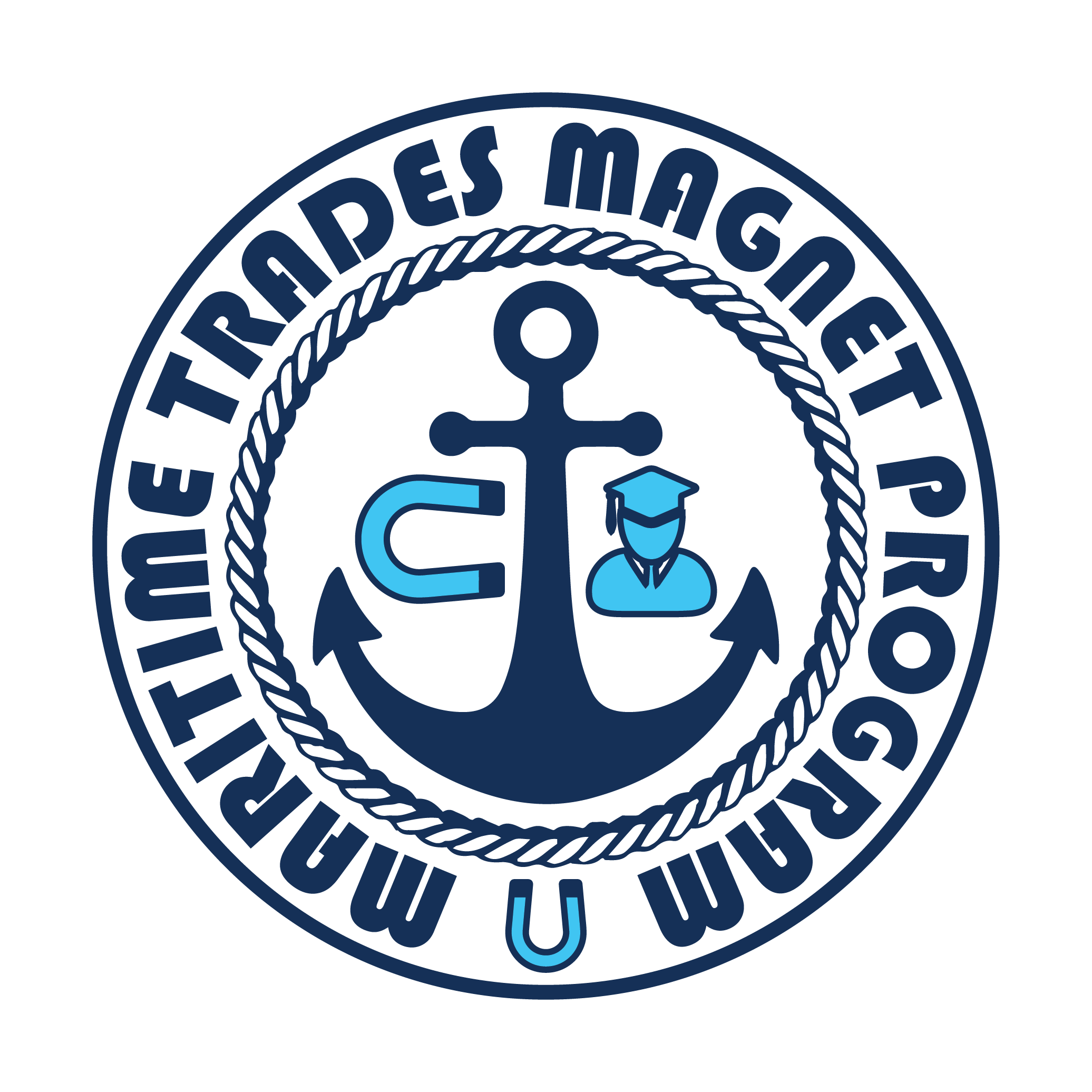Robotic Arm Classification: Workspace Geometry
Workspace geometry is the shape and size of the operational workspace. The workspace of a robotic arm is the three-dimensional region that the robot can reach and perform tasks. Different robotic arms designs have varying workspace geometries. Knowing these helps users and engineers in selecting the appropriate robotic arm and tasks for specific applications.
Cartesian Geometry
These robots are best for simple linear movements such as 3D printing, laser cutting, or pick and place operations. A Cartesian Geometry workspace is easy to us and program but it has a limited reach or work envelope and can handle a heavier workload.
Cylindrical Geometry
These robotic arms are ideal for applications that require movement in a cylindrical shape, such as painting or drilling. A Cylindrical Geometry system provides more reach and a rigid structure, but there must be a balance between strength and flexibility.
Spherical Geometry
These robotic arms are well-suited for applications that require a spherical shape, such as handling objects in a packing or assembly line. A Spherical Geometry system has the largest range but the least amount of strength.

